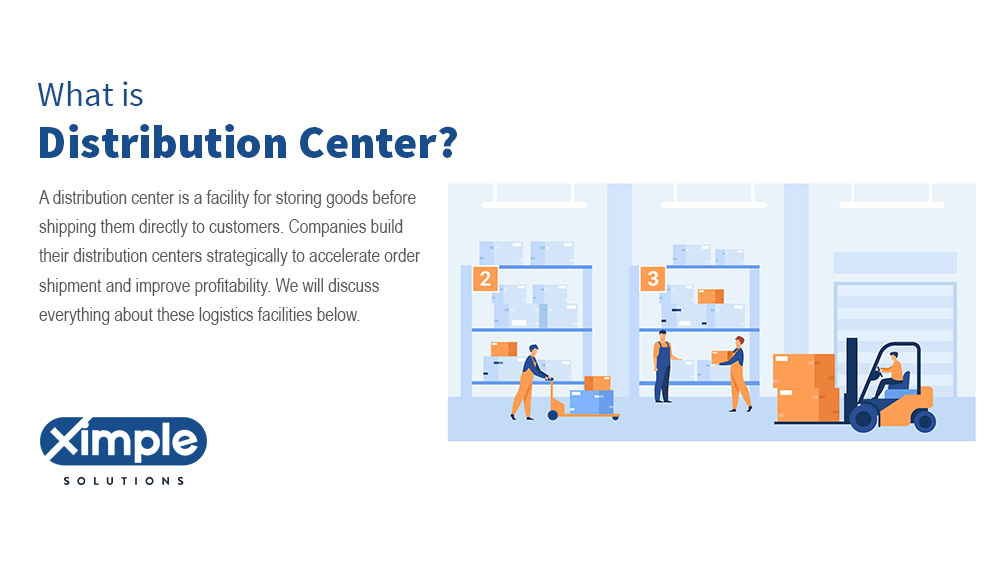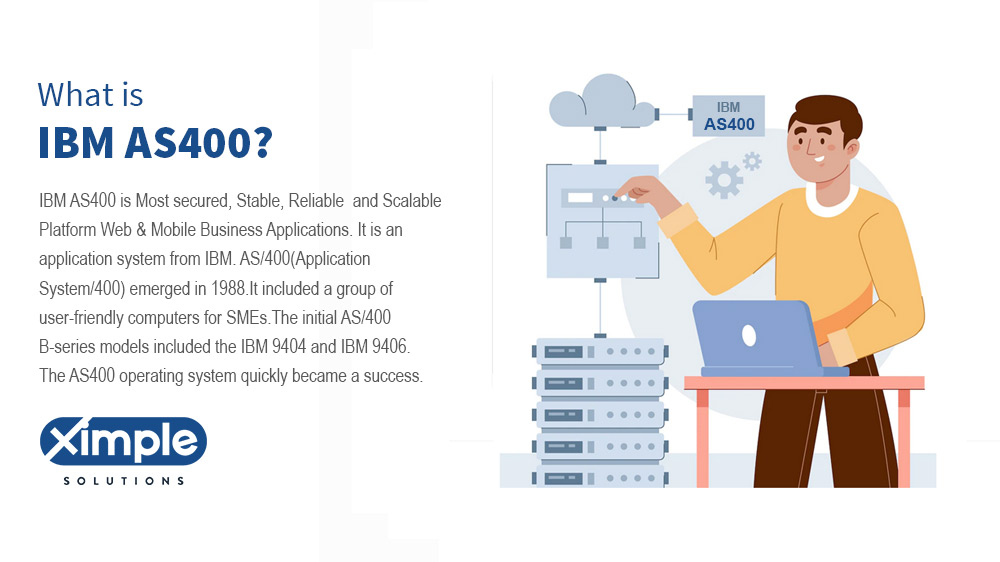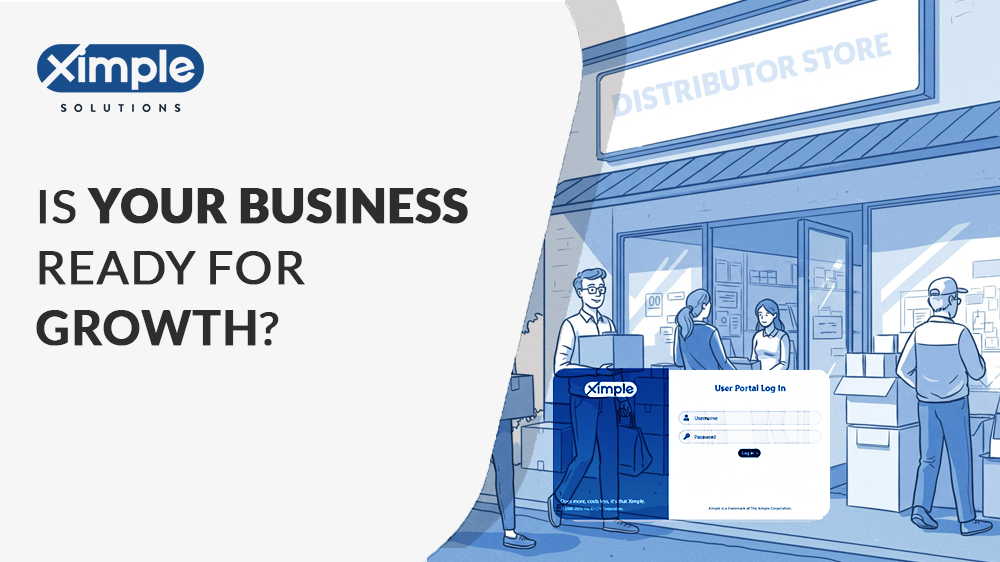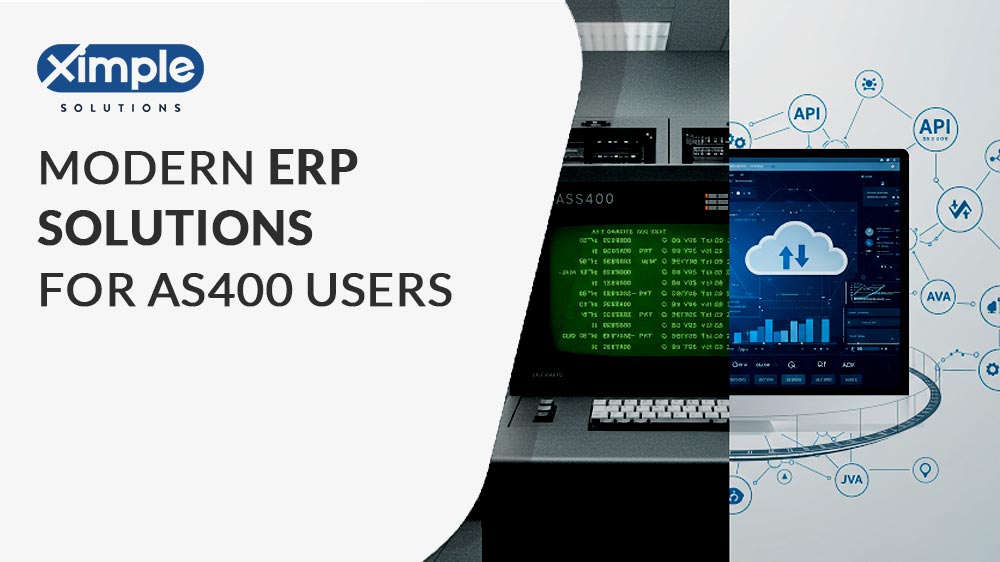What is a Distribution Center? How Does It Work?

The users of this content are individuals or organizations that are interested in understanding the concept of a distribution center, its differences from a traditional warehouse, and its benefits. This content provides an overview of what a distribution center is, how it works, and why companies might consider building one. It covers topics such as the purpose of a distribution center, value-added services, shipping, and in-house activities. It explains the difference between a distribution center and a warehouse, and how a distribution center can help optimize supply chains and improve customer experience.
A distribution center plays a crucial role in modern supply chain management by streamlining the distribution of goods and services. It differs from a traditional warehouse in its focus on speed and efficiency, with an emphasis on shipping and in-house activities. The benefits of having a distribution center include improved supply chain optimization, reduced shipping time and costs, and enhanced customer experience. Companies that are interested in optimizing their supply chain and improving customer satisfaction may find that a distribution center is a valuable investment. The information provided in this content serves as an introduction to the concept of distribution centers and their potential impact on businesses.

Countless people shop for goods and services on the internet. It became even more practical to order things online during the Covid-19 pandemic in 2020. Online shopping is efficient and dependable because of distribution centers. A distribution center is a facility for storing goods before shipping them directly to customers. Companies build their distribution centers strategically to accelerate order shipment and improve profitability. We will discuss everything about these logistics facilities below.
What’s a distribution center?
A distribution center is a dedicated warehouse for storing finished goods. Sometimes called a fulfillment center, a distribution center sits strategically to facilitate the picking, packing, and shipping of goods. It is a modern warehouse providing storage, order processing, shipping, and other value-added services.
Distribution centers are cheaper to run because of their strategic locations and the use of modern technologies. A distribution center’s design varies. For instance, some companies may build and run their distribution centers or partner with 3PL (Third-party logistics) providers. Other companies only focus on a distribution business, including a whole foods distribution center. A food distributor builds specialized distribution centers for supplying food to relevant companies.
Is a distribution center similar to a warehouse?
A distribution center may sound like a warehouse, but it is not. Both are storage facilities for finished goods but have some differences. Check our distribution center vs. warehouse discussion below to identify their differences.
Purpose
A distribution center is a storage and order fulfillment facility. Although some companies build distribution centers, most prefer to partner with 3PL providers to minimize operations costs. In contrast, a traditional warehouse is an inventory storage facility that does not specialize in anything. It is usually a spacious building with shelves for storing all kinds of goods. Companies can lease, own, or co-own a warehouse.
Value-added services
A materials distribution center is customer-centric. Besides providing storage space, it grants value-added services like picking, packing, and delivering inventory to customers. Hence, distribution centers also have a return policy to help customers send faulty items back. In particular, 3PLs provide customer support services, infrastructures, and other resources that lower logistics costs. On the other hand, a warehouse sells only the storage space to large-scale wholesalers and retailers. Hence, buyers only pay for storage space and do not receive any other value-added service.
Shipping
A distribution center can partner with a shipping company, such as the USPS processing and distribution center, to deliver orders to customers on the same day. Due to a streamlined shipping process, distribution centers can speed up deliveries and reduce shipping costs. Most 3PL providers integrate with various eCommerce websites to automatically send orders to the closest distribution center. By so doing, they help customers receive their products swiftly and safely. The Best Buy distribution center also shares order tracking information on the eCommerce website to inform the buyer.
In contrast, a warehouse only receives inventories for storage. It does not distribute any item to the customer. Those who have bought storage spaces remove products when they need to fulfill orders.
In-house activities
Distribution centers are more active than warehouses. They are efficient, accurate, and speedy. A fulfillment center implements the best practices and modern technologies to carry out its duties. It connects its WMS (warehouse management system) with an online store to automatically send customer orders to the nearest fulfillment center. From there, a distribution center worker picks, packs, and ships the ordered item. On the contrary, a warehouse only stores products. It has no other in-house processes to help users improve their retail supply chains.
How do distribution centers work?
A distribution control center helps online retailers and wholesalers. It makes order fulfillment for eCommerce companies quick, easy, and reliable. Companies build their delivery centers closer to their target markets to make the shipping procedure cheaper, simpler, and faster. A distribution center gets products from many suppliers.
It then stores those products in various warehouse facilities. Alternatively, it can partner with a 3PL company and store goods in a provided distribution center. These centralized storage locations facilitate online selling in a significant way. Bulk storage eliminates order replenishment from individual suppliers. Instead, the closest distribution center can ship orders in one attempt.
Distribution center service management is as efficient as the warehouse’. The facility observes the warehousing best practices like space management and stock management. It also uses the best fulfillment practices like quality control, order processing, return policy, currency exchange, etc.
Why do companies consider building a distribution center?
In most cases, an organization builds a local distribution center when expanding. After increasing its production capacity and broadening its customer base, a business may need more storage facilities. Opening a fulfillment center can help the business cope with the ever-increasing demand and satisfy its customers.
A distribution center near me connects directly with online stores, enabling them to streamline operations and boost customer experience. It assures that the product will be available when a customer orders it online. Companies consider partnering with 3PLs when they do not have enough resources to build and run their distribution centers.
Also, businesses abandon traditional warehouses when they shift their operations online. The move enables them to use the current technology to run successful eCommerce stores.
Benefits of running a distribution center
Companies working with 3PLs or managing their distribution centers can enjoy some benefits. These include the following:
- Professionally run distribution centers can optimize supply chains and facilitate business expansion.
- Decreases inventory carrying costs by storing products for short durations. Warehouses do the opposite.
- It improves customer experience and satisfaction by ensuring faster deliveries and reliable return policies.
- Since a distribution center has stations in strategic points, it makes the order fulfillment process centralized. Hence, owners can accept bulk orders and use the closest distribution center to fulfill them.
- It also offers value-added services, unlike traditional warehouses.
Disadvantages of a distribution center
Distribution center activities run better than those of a warehouse. However, it takes work to deliver efficiency when dealing with products from several suppliers. Some of the most common disadvantages include the following.
- Order fulfillment issues can arise if there is miscommunication.
- Disorganized warehouse layouts can confuse employees, which can reduce their productivity.
- Even petty quality control problems can trigger recalls that could lead to loss of money and reputation.
- Distribution centers may sometimes run negatively due to unavoidable disruptions. These may include bad weather, riots, war, pandemics, road repairs or accidents, etc.
Storage options in distribution centers
Distribution center architecture is unique based on what a business does. Even so, all distribution centers have specific equipment for handling storage facilities of all shapes and sizes. Most of them use the following storage options.
- Bulk bins or boxes are corrugated cardboard, aluminum, plastic, steel, or wooden storage facilities. They are suitable for keeping bolts and screws, powders, and other loose parts. Some bulk bins have protective liners.
- Intermodal containers are typical shipping containers carried in big ships, trains, and trucks. They can handle things in bulk and are very safe.
- Pallets are flat, wooden, or plastic transportation structures you can only move with forklifts or pallet jacks. They handle one ton at a time and mostly stay on the floor or a pallet racking.
- Tote containers – These are recyclable containers kept on pallets for easy transportation. Totes are ideal for transporting solid, semi-solid, or liquid products. The most common tote has a cube shape. It is known as an IBC (intermediate bulk container).
- Cases or cartons – Like totes, cases or cartons can hold items in bulk. You can place them on pallets for transportation. They can also sit in warehouse racking.
Technologies used in distribution centers
Technology is the driving force behind successful distribution centers. Some technologies make distribution center administration easier. Modern technologies automate operations, including inventory management, picking and packing, shipping, and more. These technologies include:
- Automated storage and retrieval systems – It is an automatic system of storing and retrieving products. Hence, the technology entails vertical lift modules, shuttles, and cranes. They work best in crowded distribution centers and warehouses.
- Barcode and RFID- These systems facilitate the recording and processing of orders by minimizing manual paper management. Small mobile devices scan products’ barcodes so employees can avoid entering information manually. Barcodes and RFID systems reduce human error in data entry.
- Automated guided vehicles – These machines work within the distribution center. They ensure distribution center best practices by simplifying inventory handling. AGVs are vehicles for moving pallets without human intervention. These machines work well in spacious storage facilities and perfectly do repetitive work.
What are distribution center processes?
A distribution center receives items from wholesalers or manufacturers. It then organizes and stores those products until there are orders to fulfill. Workers should monitor inventory levels to help the distribution centers run more efficiently. These centers run the following processes:
1. Receiving inventory
Products arrive in trucks from various sources. Then, workers help unload the trucks with equipment like forklifts and barcode scanners. After verifying that all received products go well with placed orders, they move them to storage units.
2. Storage
Workers at the distribution center move verified goods to storage facilities according to preset stock management methods. Some use FIFO (First In, First Out), and others use LIFO (Last In, First Out). They may place goods in pallet racks or use other technologies we mentioned earlier. Some vital storage precautions include temperature control to prevent damage to goods. A cross-docking distribution center works best where products move faster.
3. Order fulfillment and returns
When a customer places an order online, the closest distribution center should fulfill it. If the order size is significant, the center should use a team of workers to pick, pack, and ship the products. A distribution center application like a warehouse management system can delegate an order-picking strategy like zone picking, batch picking, etc. If a customer returns an item, the person responsible should fix it and send it back. If the customer does not need the order, the person should restock the item.
4. Replenishment
Inventory replenishment is a crucial process in every distribution center. Once items run out, workers should take the proper steps to restock them. Replenishment ensures that customers who place orders never lack anything. It follows a thorough inventory tracking process and demand forecasting. Restocking high-demand items is necessary when running several warehouses to prevent the split shipment issue. If one center has stock shortages, you might have to fulfill a bulk order by delivering distinct goods separately from other locations. The process is expensive. The best inventory management software or ERP with a WMS module can prevent such a problem and others.
Good examples of a distribution center
Most eCommerce businesses have distribution centers, including Amazon, Walmart, Tesla, Sears, Gap, Apple, Samsung, etc. Some work independently, and others use a 3PL partner. Most of you have bought something from Amazon.com. It is among the most efficient online merchants owning over one hundred distribution centers.
An Amazon distribution center ensures you receive your order on time and in one piece. It also gives you a chance to return the order if you feel unhappy. Orgill does not use a 3PL provider as it has independent distribution centers in the US. It receives home improvement products from many worldwide retailers. ShipBob.com has many distribution centers across North America, Europe, and Australia. It continually adds new facilities to broaden its network. Using first-class technologies to simplify storage and fulfillment activities, ShipBob reduces transit costs and ensures quick shipments.
Big supermarkets like Target and Walmart have a broad network of distribution centers across the US. Thousands of people search for a Target or a Walmart distribution center near them every minute.
Others include Sysco, which distributes food and kitchen appliances to various healthcare and educational facilities. It has more than three hundred and twenty stores globally. A USPS distribution center or a Home Depot distribution center is not new to you either.
How much is the cost of using a distribution center?
The cost of using a distribution center warehouse will depend on whether you own it. If a company plans to benefit from a distribution center, it should bear the cost of building it. The cost of constructing a fulfillment center is high, but the facility can recover initial expenses in the long run.
If your facility can maximize efficiency, it will reap significant future benefits. When considering whether to build or partner, consider factors like the facility’s size, cost of building materials, permits, engineering costs, security, taxation, operating costs, etc. Partnering with a 3PL provider is cheaper in the short run and costlier later on.
Conclusion
In conclusion, this content provides a comprehensive overview of the concept of a distribution center and the differences between it and a traditional warehouse. The benefits of having a distribution center have also been discussed. However, managing a distribution center can be a complex process. To make the process easier, advanced software applications from top providers such as Ximple Solutions can be utilized. One such solution is Ximple ERP, which integrates and centralizes multiple applications into one suite. With its warehouse management system module, the distribution team can effectively manage and track inventory. The customer relationship management module provides order tracking data, which helps in reducing inefficiency and triggering cost savings.
Related article
- What is a Distribution Strategy?
- How To Grow Wholesale distribution business and Double Your Sales?
- What Is Intensive Distribution? Strategies & Examples






